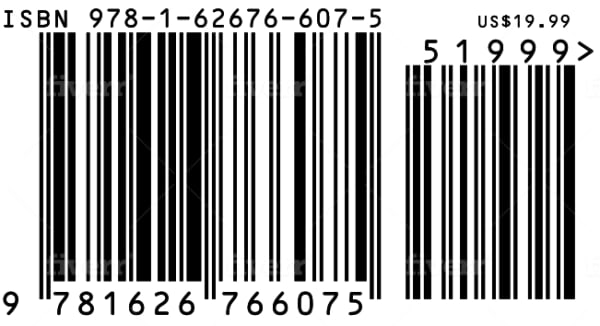

RGB is a light-based color model that stands for red, green and blue. Files saved in this format will be optimized for physical printing. These colors represent the four inks that will combine during the printing process. Raster images can be saved in one of two primary color modes: CMYK and RGB.ĬMYK is a four-color printing process that stands for cyan, magenta, yellow and key (black). When you resize a raster image, you stretch the pixels themselves, which can result in a “pixelated” or blurry image. True to their web-centric use, many are optimized to look good only at the size they were designed for so they use as little memory and bandwidth as possible. Pixels have a defined proportion based on their resolution (high or low).
HOW TO MAKE BARCODES FOR IMAGES SERIES
These images are constructed by a series of pixels, or individual blocks, to form an image. Raster images are typically used for photographs and web graphics (such as banner ads, pictures, and ). Most image files fit into one of two general categories-raster files and vector files-and each category has its own specific uses. By design, low resolution files are unable to incorporate this compensation factor. A barcode image file which does not account for BWA will not print accurately for most print technologies. This fine tune adjustment is only possible with a high-resolution image. A crucial component of precise digital barcode artwork is “bar width adjustment” (BWA), which compensates for gain/reduction occurring in the printing processes. Images at this resolution look very crisp on a display but blurry when printed.įor printable barcode images, common printing techniques such as offset, flexographic and silk screen require much higher resolution files – some with minimums of 2540 dpi. Websites normally display images at 72 dpi, and this is typically categorized as low resolution. The primary factor in determining the appropriate DPI is if you are using an image for print or web display. DPI stands for “dots per inch” and is a unit of measure for the resolution of a file, which is essential for calculating if the density of pixels in an image is proper for the application you are using. One of the most important acronyms in barcode imaging is DPI.

The explanation below describes each of the popular image file formats and their appropriate applications.
HOW TO MAKE BARCODES FOR IMAGES SOFTWARE
There are a variety of software programs and websites which provide digital barcodes in every available graphic format, and users are left clueless as to which format is right for their needs. Unfortunately, these issues are frequently discovered AFTER packages/labels/coupons have been printed. With barcode symbols, which are meant to be read by a scanner and not a human eye, using an incorrect file format for a barcode image creates similar problems, but ones that may only be detected by barcode testing equipment. When an incorrect file format is used for an illustration or photograph, the visual difference is immediately apparent. Some formats are specifically for web graphics and others are meant for print applications.

Unless someone has experience with graphic design programs, it is unrealistic to know the differences between the various types of graphic image file formats. Explanation of Image File Formats for Digital Barcode Graphic Files


 0 kommentar(er)
0 kommentar(er)
